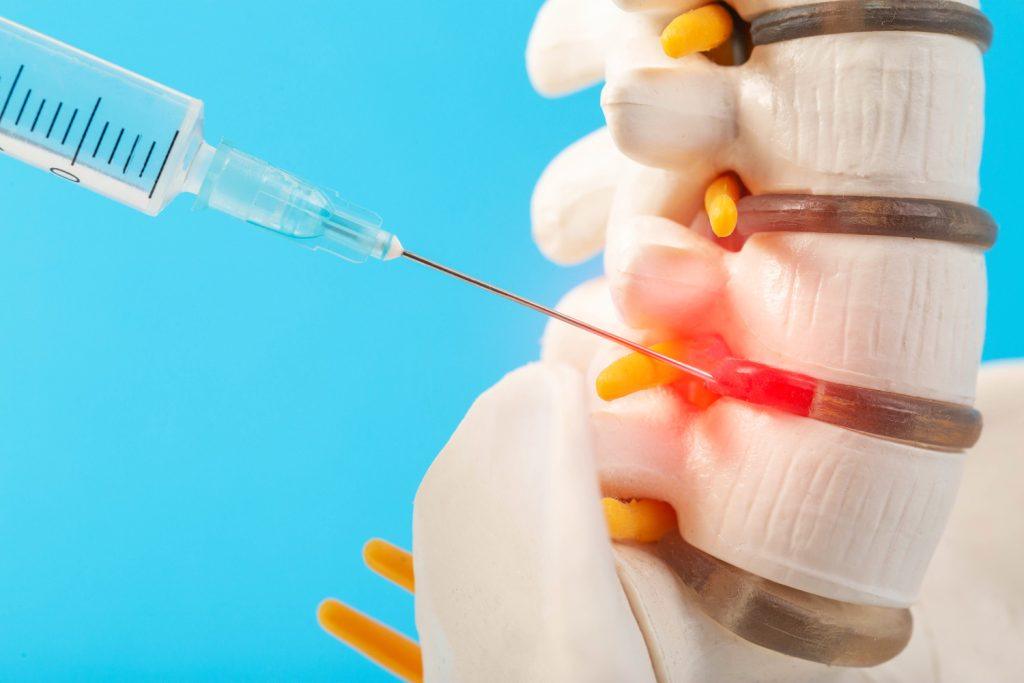Is Microdiscectomy a Permanent Solution for Back Pain?

Are you considering microdiscectomy for back pain? This comprehensive article covers everything you need to know, from the procedure’s purpose and techniques to recovery times and success rates. It also explores whether microdiscectomy offers a permanent solution, alternative treatments, and when surgery is recommended. Get all the information you need to decide about your back pain treatment.
What is Microdiscectomy and Its Purpose?
Microdiscectomy is a minimally invasive surgical procedure designed to relieve pain and symptoms caused by a herniated intervertebral disc in the lumbar region, often affecting spinal nerves and nerve roots. Its primary purpose is to alleviate pain and spinal nerve irritation by removing the disc portion and compressing the nerves, thereby relieving symptoms such as numbness, weakness, and chronic pain. This precise targeting helps restore normal functioning and reduces discomfort, with faster recovery times and fewer risks than traditional open surgeries.
How is Microdiscectomy Performed and Its Recovery Process?
Microdiscectomy is a minimally invasive procedure that removes portions of a herniated intervertebral disc in the lumbar region to relieve spinal nerve compression. The surgery involves making a small incision, accessing the herniated disc, and removing the protruding disc material. Techniques like endoscopic and tubular microdiscectomy minimize tissue damage, offering shorter hospital stays, reduced pain, and quicker recovery times.
Steps and Techniques of Microdiscectomy:
- Preparation: Thorough medical review, physical examination, and imaging studies.
- Procedure: Small incision, accessing and removing the herniated disc material.
- Techniques: Endoscopic microdiscectomy involves smaller incisions, while tubular microdiscectomy offers a direct view for precise removal.
- Recovery Time: Recovery typically takes a few weeks to a few months, involving rest, limited physical activity, and physical therapy to regain strength and mobility. Adherence to post-operative care, including medication and follow-up appointments, is crucial for a successful recovery.
- Risks and Complications: Microdiscectomy carries risks such as infection, blood clots, nerve damage, and bleeding. Proper pre-operative assessments and comprehensive post-operative care help minimize these risks, with patient education playing a key role in adherence to recovery protocols.
Is Microdiscectomy Effective, and What Are Its Long-Term Success Factors?
Microdiscectomy can significantly relieve back pain, particularly from disc herniation, but it may not always be a permanent solution, especially if degenerative conditions or the need for revision surgery arise. The procedure has a high success rate, with about 90% of patients experiencing relief from sciatica. Key factors influencing success include proper patient selection, the surgeon’s expertise, and diligent post-operative care.
Degenerative changes in the spine, scar tissue development, and overall spinal canal conditions can affect long-term results. These factors determine the surgery’s success and the patient’s recovery process. Repeat microdiscectomy can be considered if pain returns, though it carries different risks and outcomes, requiring thorough evaluation and careful patient selection.
Alternatives to Microdiscectomy and When Surgery is Recommended
Non-Surgical Options for Treating Back Pain:
- Physical Therapy: Enhances strength, flexibility, and posture to reduce back strain.
- Medications: Includes NSAIDs and muscle relaxants for pain relief.
- Lifestyle Modifications: Ergonomic adjustments, regular exercise, and stress management to prevent symptom exacerbation.
These non-surgical treatments address the root cause of back pain but may have limitations in providing long-term relief for chronic conditions. Patient education is crucial for effective pain management, proper body mechanics, and adherence to treatment plans.
When is Surgery Recommended?
Surgery is recommended when conservative treatments fail to provide relief, and the patient is a suitable candidate. Persistent, debilitating pain that impairs daily activities is a key factor in deciding to recommend surgery. Thorough assessments, including medical history, physical examinations, imaging studies, and sometimes diagnostic injections, determine surgical candidacy. Benefits of surgery include pain relief, improved function, and enhanced quality of life, while potential risks include infection, bleeding, nerve damage, and the need for ongoing rehabilitation.
Other Types of Back Surgery:
- Spinal Fusion: Joins vertebrae to stabilize the spine, commonly used for degenerative disc disease or spondylolisthesis.
- Rhizolysis: Targets nerves transmitting pain from facet joints, used for facet joint arthritis.
- Lateral Recess Stenosis Procedures: Create more space around spinal nerves to alleviate pressure and reduce pain.
Each surgical option targets different underlying causes of back pain, with an individualized treatment plan tailored to the patient’s specific condition and needs to optimize recovery and quality of life.
Warning: urlencode() expects parameter 1 to be string, array given in /www/wwwroot/surgeryconsultantsofflorida.com/wp-includes/formatting.php on line 5693

